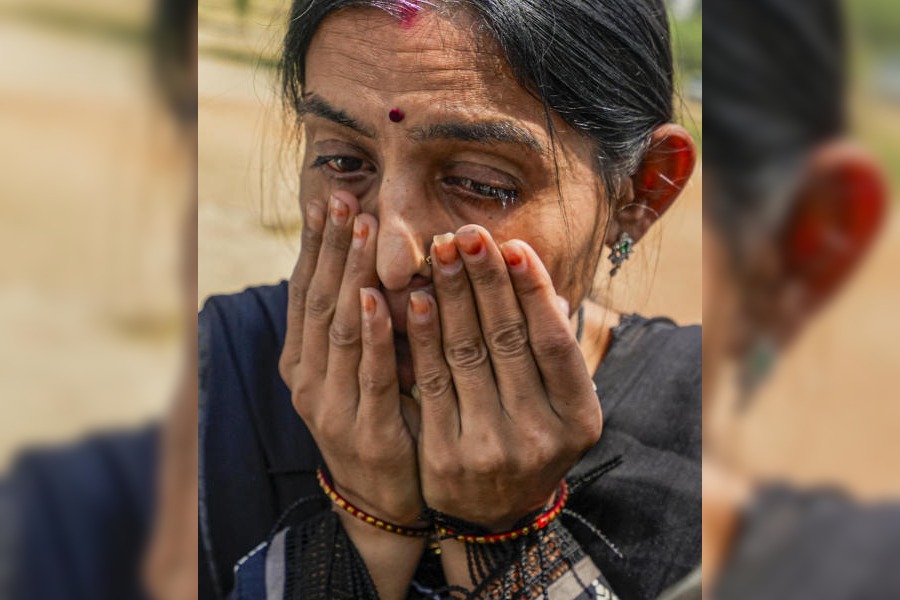
Bhubaneswar: Odisha has come a long way since the super cyclone wreaked havoc in the state and left more than 10,000 dead in 1999. Having been battered by frequent natural calamities, the state has developed a propensity and expertise in combating those.
Special relief commissioner Bishnupada Sethi said: "We have built our organisations having learnt lessons from the past. Now, we are capable of handling any kind of disaster."
So confident is the state about its expertise that it was one of the first to pledge personnel help to aid relief efforts in flood-ravaged Kerala. A team from Odisha was among the first to reach Chengannur, the worst-hit area in the floods.
"A total of 245 fire officials, who were carrying out relief and rescue operations in Kerala, returned to the state on Friday. The team had carried relief and rescue operations in Alappuzha and Kottayam districts," director-general of fire services B.K. Sharma said.
At present, Odisha has more than 900 dedicated police jawans and 6,000 fire fighting personnel to combat emergencies.
Apart from training the men, the state government has also built infrastructure to be used during natural disasters.
"Over the years we have built nearly 879-flood and cyclone centres across the state. We train 50 youths to fight natural disasters at each cyclone shelter," said deputy special relief commissioner Pravat Mohapatra.
Mohapatra said: "The state government has already set up 20 units of the Odisha Disaster Rapid Action Force (Odraf) and are armed by nearly 82 kinds of equipment."
Odisha has launched Apad Mitra (a pilot project) in Jagatsinghpur and Puri districts to train volunteers to deal with natural disasters. "Nearly 200 youths across these two districts are being trained," said Mohapatra.
Odraf chief P.K. Nayak said: "We have trained our men to deal with aquatic disasters, rope rescue, first aid, equipment maintenance and under water diving. Now, we are training them to contain disasters triggered by chemical, nuclear and biological elements."
An official said Odisha had been able to fend off the effects of Cyclone Phailin that caused havoc in 2013 because of its preparedness.
"The Parliamentary Standing Committee had cited Odisha as a state that can be an example in dealing with natural disasters. The Centre had also asked Odisha to give a presentation among a meeting of special relief commissioners in New Delhi," said an official.
The United Nations had, in 2015, appreciated the government's efforts in evacuating a million people and reducing the death count during Phailin. "Today, Odisha is a global leader in disaster management and risk reduction," the UN had said in its letter.











